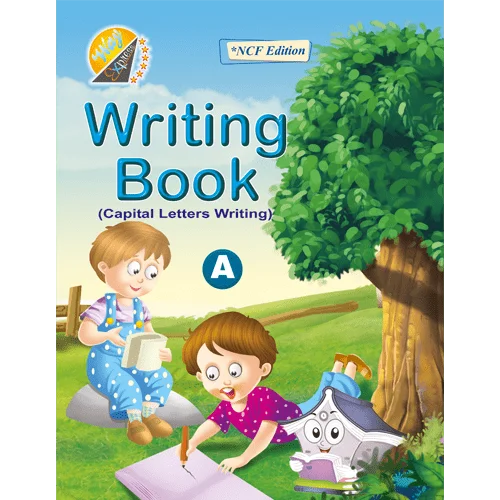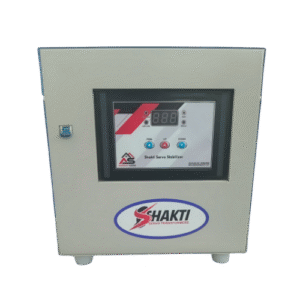Writing Book for Kids: Learn Letters & Words Easily

Writing Book for Kids: Learn Letters & Words Easily
With regard to early education, the Writing Book is an essential factor in facilitating children’s acquisition of basic literacy skills. A Writing book is an absolute necessity in every child venturing into the language world, be it learning how to write letters, words, or building sentences. A writing book is fascinating to follow and is easy, as it is crafted to have simple instructions, interesting exercises, and illustrations.
What is a Writing Book?
A Writing Book Template is a practice book aimed at teaching the child to learn how to write letters, words, and sentences in a correctly way. It has been initiated typically at the level of simplified letter-formation before upgrading to writing two-letter-words, then three-letter-words, followed by writing structured sentences. Book writing varies according to the age gap of the child, starting off with toddlers who just know how to hold a pencil, to older kids who have better handwriting styles.
The learning of these books is usually practice-based, and thus, coping along with visual guides and sometimes amusing drawings is done through dotted lines. Regardless of whether one wants to use it at home or in school, Writing book facilitates consistent and systematic writing skills.
Importance of a Writing Book in Early Learning
In early education, fine motor skills and literacy go hand in hand. A well-designed Writing Book helps children:
- Develop a proper pencil grip
- Understand letter shapes and strokes
- Improve hand-eye coordination
- Learn correct letter spacing and word formation
- Gain confidence in their writing ability
The repetition and consistency offered by writing book help children form habits that lead to strong handwriting and language foundations.
Features to Look for in a Good Writing Book
When choosing a Writing book, there are a few features parents and teachers should keep in mind:
- Age-appropriate content: Books for preschoolers should focus on large letters and basic words, while books for older kids can include grammar rules and sentence formation.
- Step-by-step progression: A good Writing book starts simple and becomes progressively more complex to match the child’s growing skills.
- Interactive activities: Tracing, coloring, and connecting-the-dots help keep the child engaged.
- Visuals and illustrations: Bright pictures make learning fun and help children relate words to images.
- Quality paper: Thick, smooth paper prevents tearing and makes writing easier.
By selecting the right Writing Book, you ensure that your child is not just learning to write but also enjoying the process.
How to Make the Most of a Writing Book
To maximize the benefits of a Writing book, create a routine that allows your child to practice regularly without feeling pressured. Start with 10–15 minutes a day and gradually increase the time. Use praise and rewards to keep motivation high. Sit with them to guide their strokes, explain shapes, and read the words aloud. The more you interact during the writing process, the better the results.
Also, encourage your child to use the Writing book for creative tasks like writing their name, drawing letters, or making up stories using newly learned words. A Writing Book can become a fun and personal journal for your child to explore language and expression.
Benefits of Using a Writing Book at Home
Using a Writing book at home brings several advantages:
- Reinforces what is taught in school
- Provides one-on-one learning time with parents
- Builds a love for learning from a young age
- Strengthens writing and spelling abilities
- Reduces screen time with a productive activity
In today’s digital world, where typing often replaces handwriting, using a Writing Book ensures that your child doesn’t miss out on essential penmanship skills.
Conclusion: Make Learning to Write Fun and Easy
A Writing Book is more than just pages of letters and words. It is a gateway to literacy, confidence, and creative expression. When children use Writing book regularly, they build a strong foundation needed for academic success and everyday communication. With the right Writing Book, consistent practice, and positive reinforcement, your child will not only learn to write — they will learn to love writing.
So, whether you’re a parent or teacher, consider introducing a high-quality Writing Book to your child’s daily learning routine. The results will be visible in both their writing skills and overall development.



